A combined look at iron stores and stress hormone levels to add context to energy and recovery.
Securely stored in EU
Cancel anytime
Test 100+ biomarkers
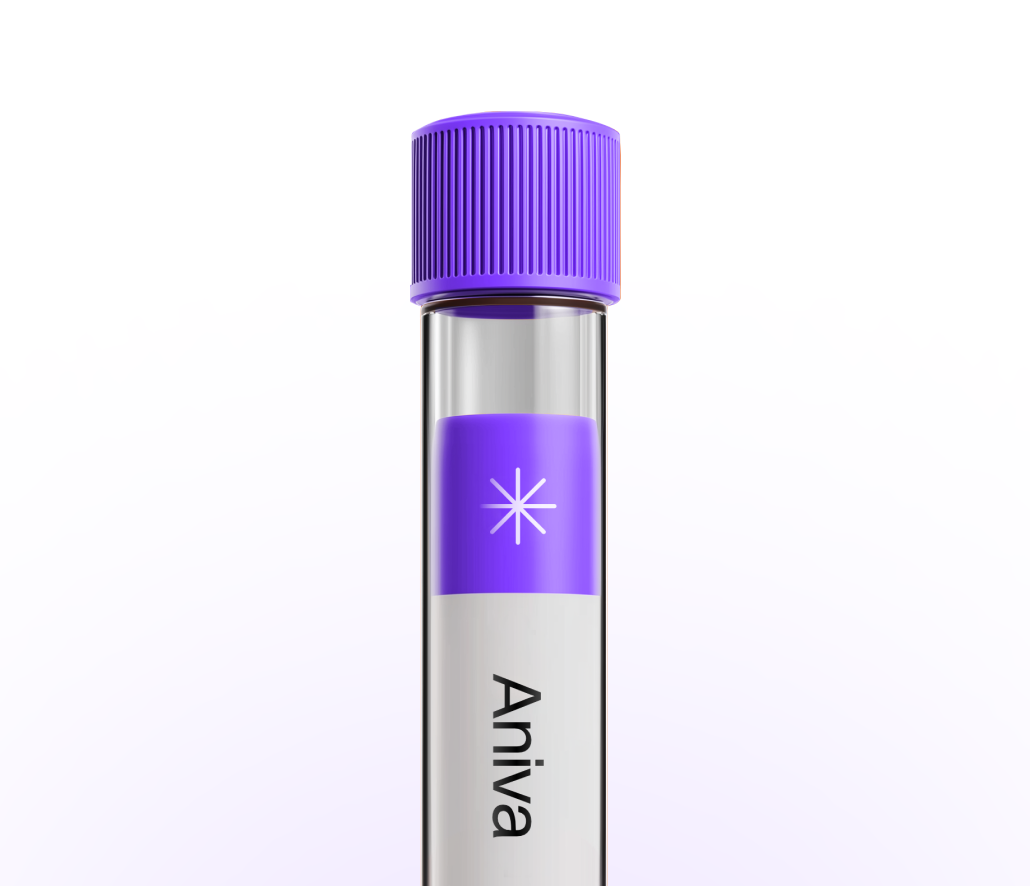
Less than 5 minutes waiting time. One
simple test at one of our 20+ locations.
Get your lab reports within one week.
Accessible on our app and per PDF.
All your health records stored
in a single, convenient place.

Clinicians may use this ratio to view iron status and stress response together. It can add context when you’re exploring fatigue, training load, or recovery. Results can guide follow-up tests, like a full iron panel or dedicated adrenal testing. You can test this marker with Aniva across Germany and Finland.
Clinicians may use this ratio to view iron status and stress response together. It can add context when you’re exploring fatigue, training load, or recovery. Results can guide follow-up tests, like a full iron panel or dedicated adrenal testing. You can test this marker with Aniva across Germany and Finland.
High: The ratio is higher when ferritin is relatively high or morning cortisol is lower. This may occur with iron repletion, inflammation, or a lower morning cortisol. Review your individual ferritin, cortisol, and symptoms; consider checking C-reactive protein and repeating a morning sample.
Low: The ratio is lower when ferritin is low or cortisol is higher. This can appear with low iron stores, acute stress, illness, or hard training. Keep testing times consistent, avoid heavy workouts before sampling, and discuss iron intake with your clinician before supplementing. Because this metric is not guideline-endorsed, focus on trends and the underlying tests rather than a single cutoff.
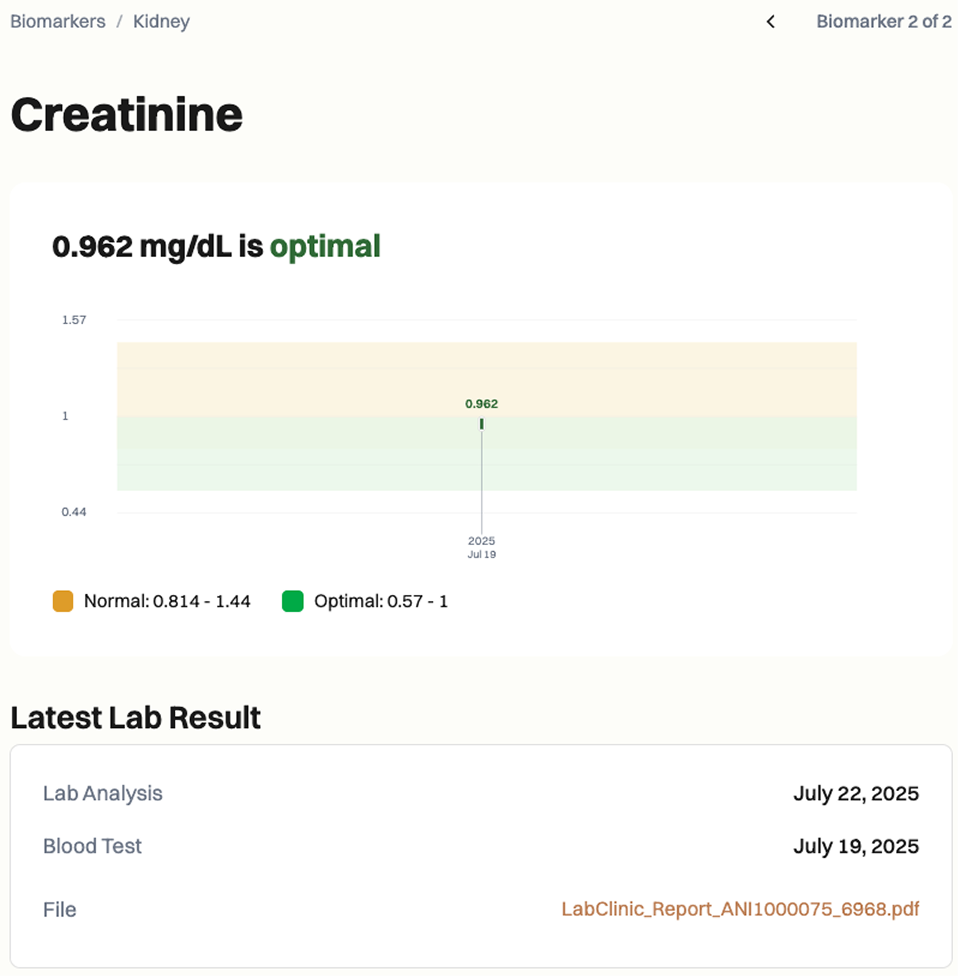
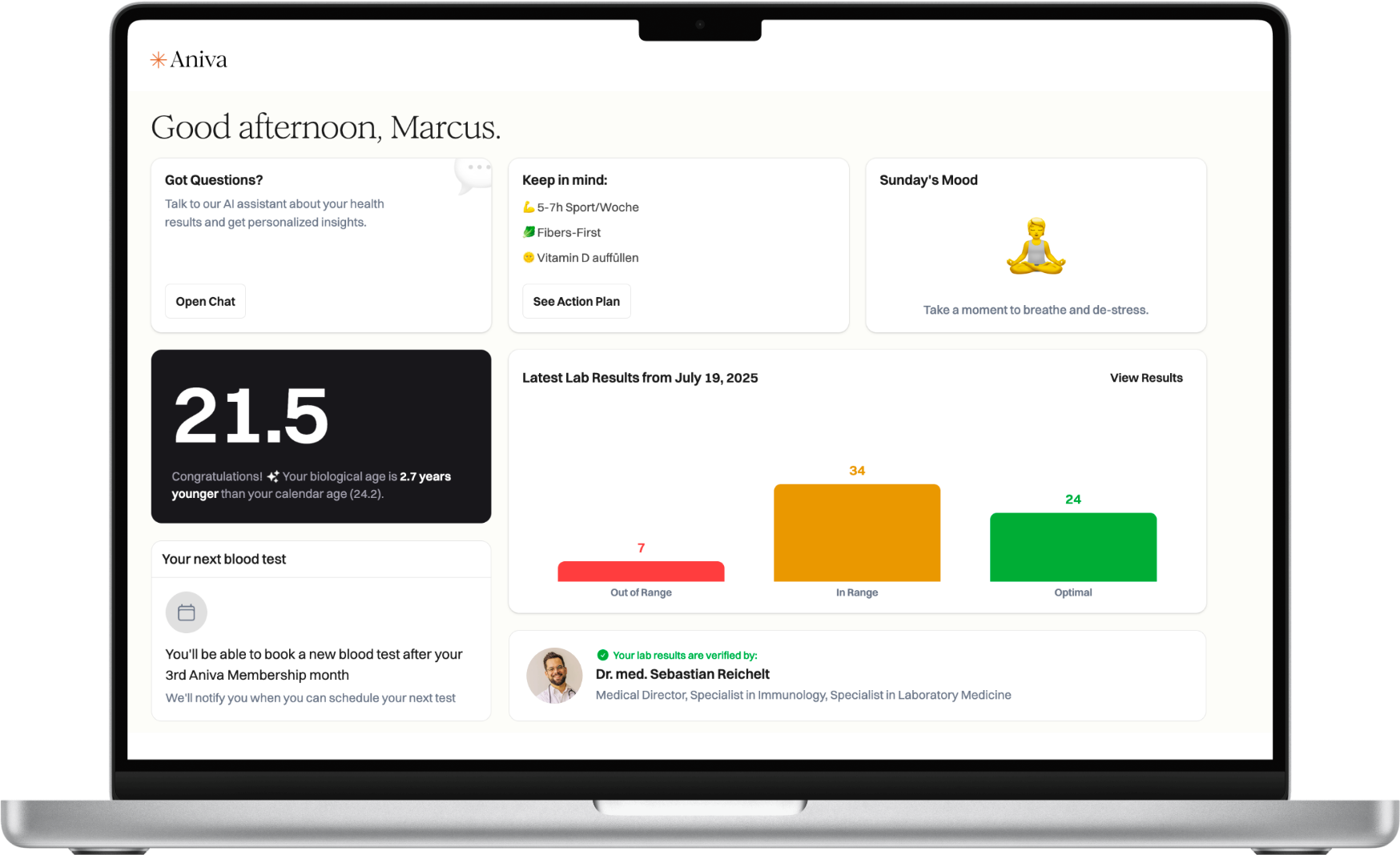
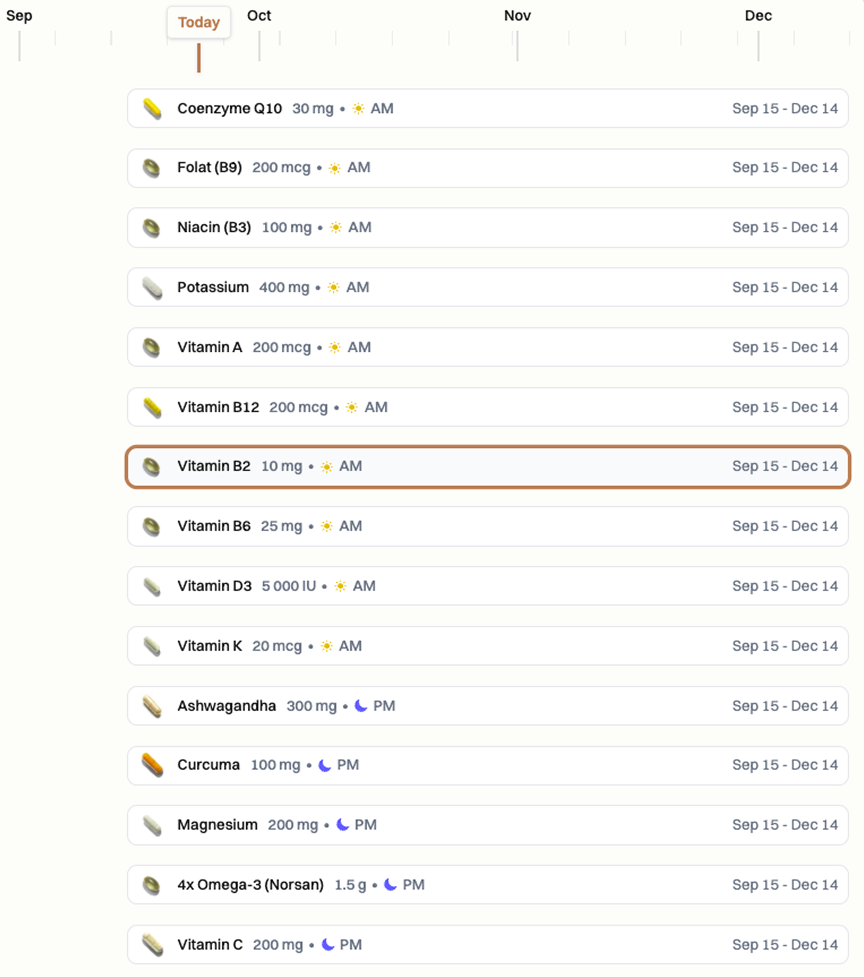
Common factors that can skew results include time-of-day (cortisol peaks in the morning), poor sleep or shift work, acute illness or inflammation (can raise ferritin), recent iron supplements or infusions, steroid medicines, estrogen therapy or pregnancy (can raise total cortisol), strenuous exercise, dehydration, alcohol, and high-dose biotin interfering with some immunoassays. Keep collection times consistent and avoid hard training the day before testing.
Special situations … pregnancy, hormone therapy, chronic inflammation, or known adrenal/iron disorders may warrant repeat testing, alternate assays (e.g., salivary cortisol), or a full iron panel for confirmation.
What do my results mean? A higher ratio can reflect relatively higher ferritin or lower morning cortisol; a lower ratio the opposite. Look at ferritin and cortisol individually.
Do I need to fast? No. Aim for a consistent early-morning blood draw, as cortisol changes through the day.
What can affect the ratio? Acute illness, hard exercise, iron supplements, steroid medicines, biotin, pregnancy, and sleep or shift changes can all shift results.
How often should I test? If you are adjusting training or iron intake, retesting every few months may help track trends. Follow your clinician’s advice.
How long do results take? Most labs release results within 1–3 working days.
What should I discuss with my clinician? Share symptoms, diet and supplements, training load, and medicines. Ask whether a full iron panel or dedicated adrenal testing is useful.

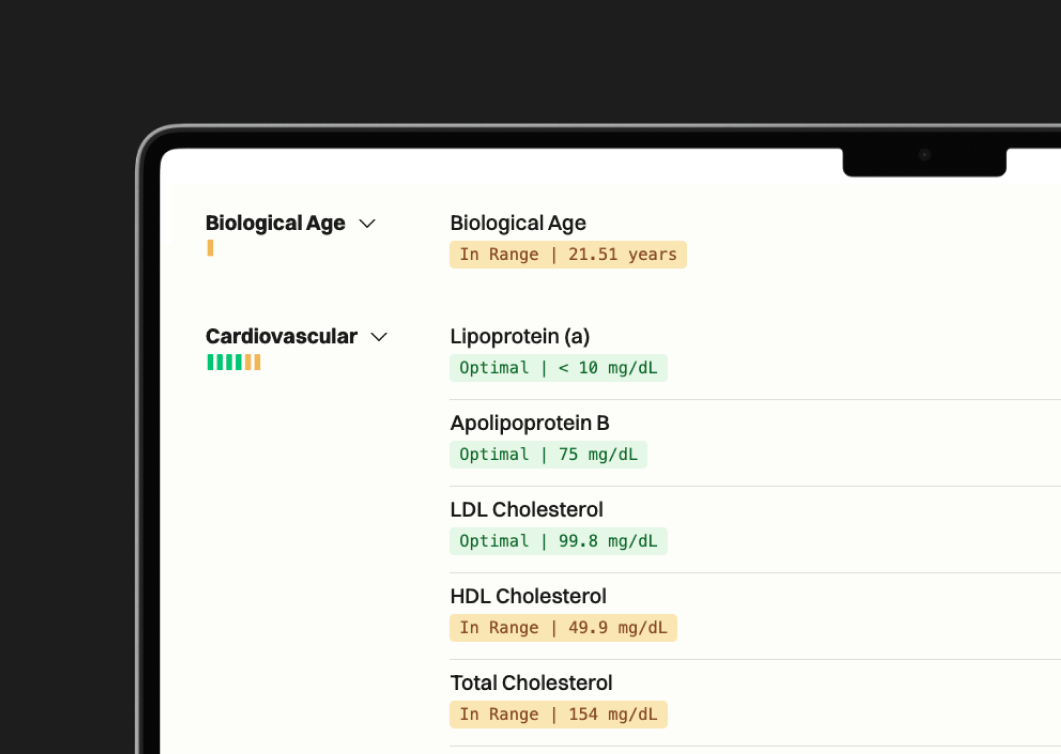
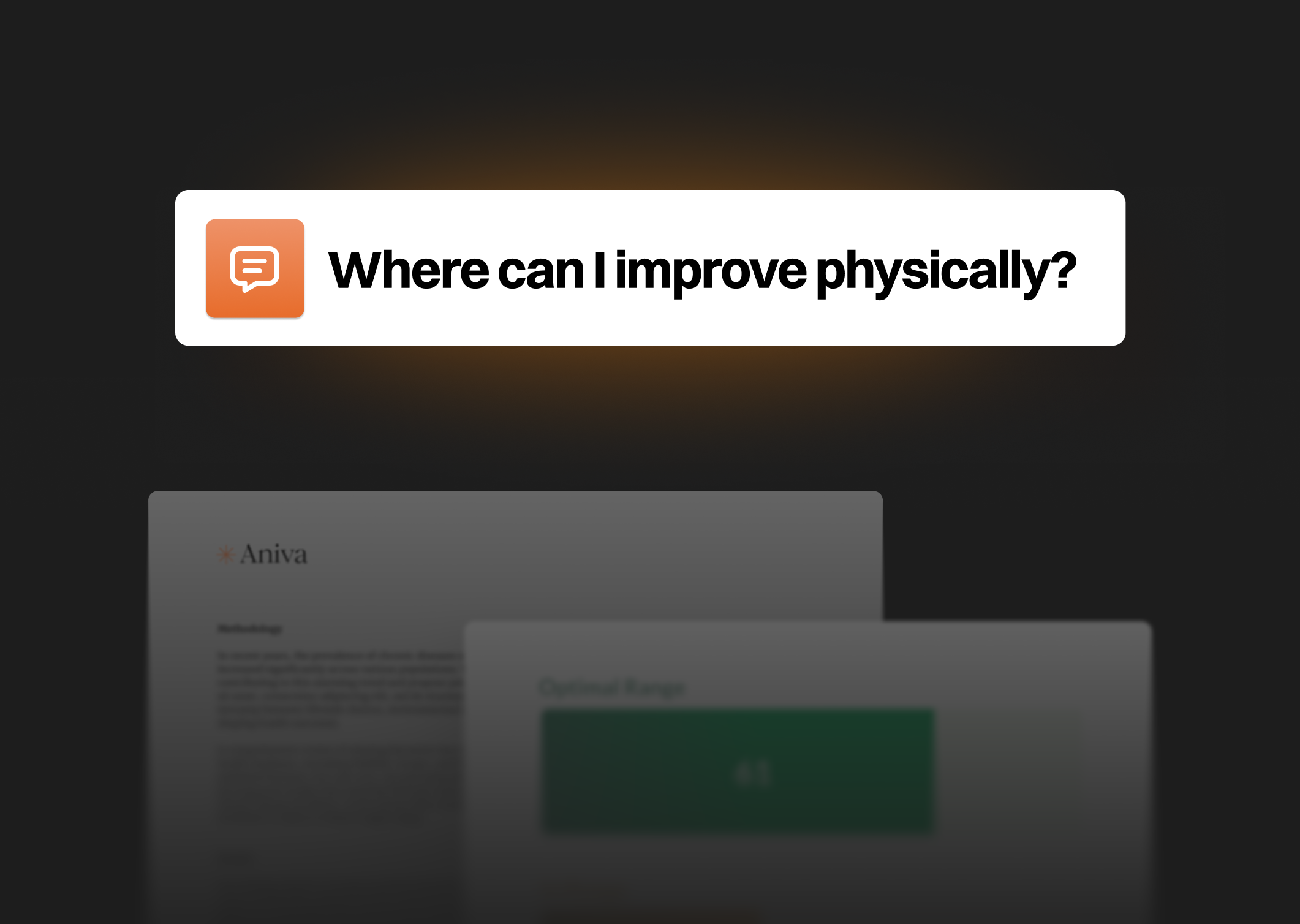
One annual blood test (100+ biomarkers)
Clinician-reviewed insights
Personalized action plan
Access to our AI Concierge
Access to curated products


63%
44%
70%